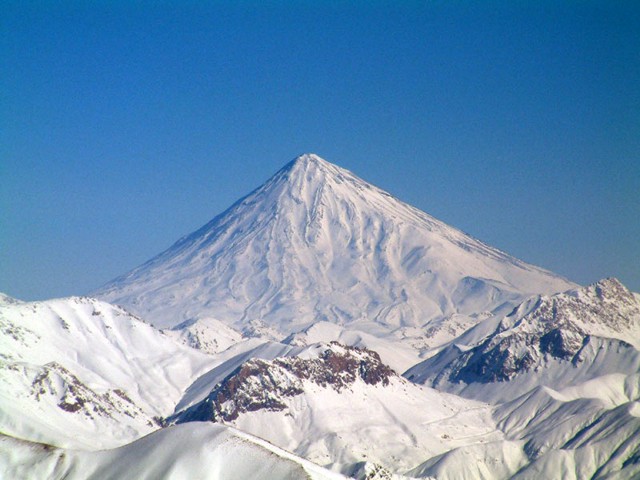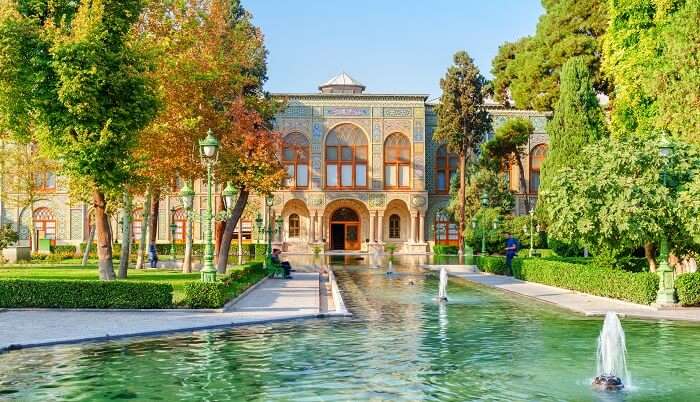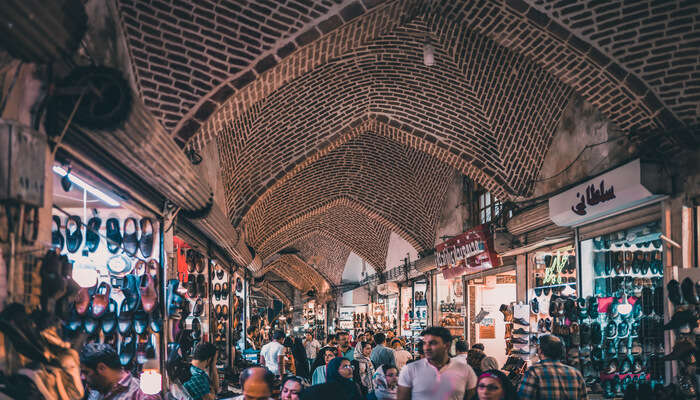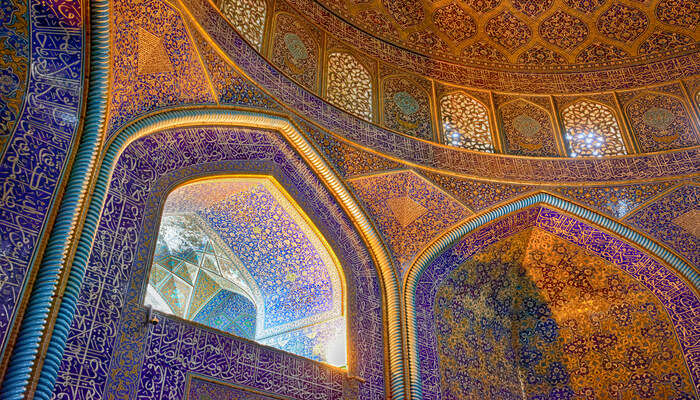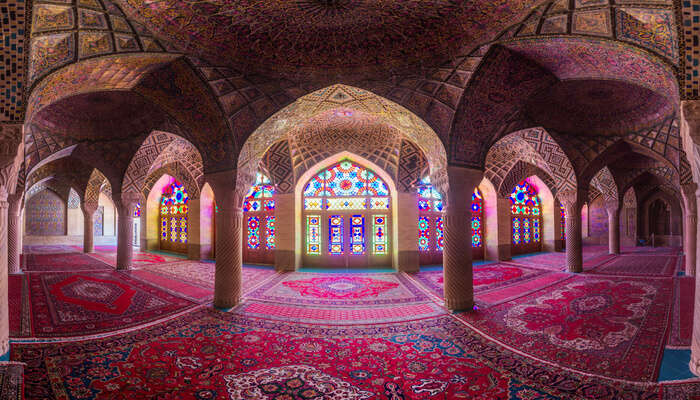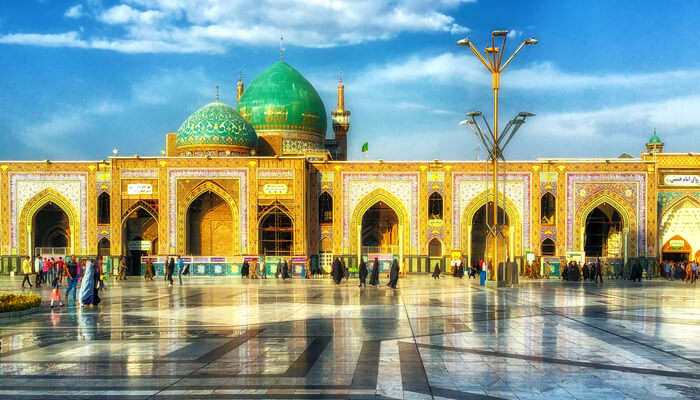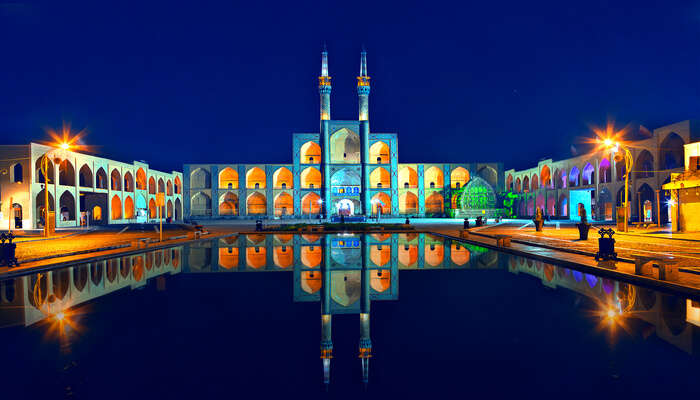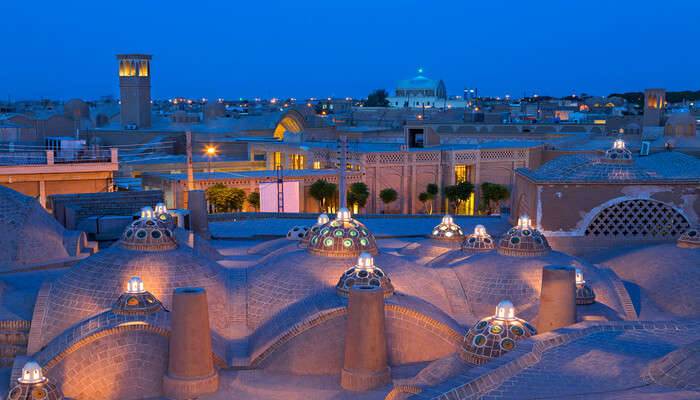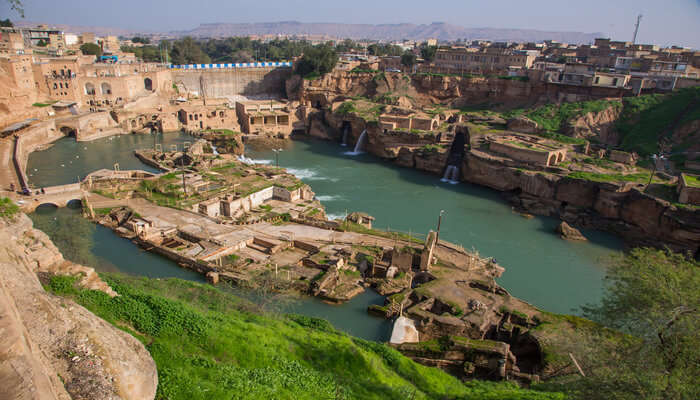Iran
Main Natural Hazard: Drought
The drought is an extended period of dry weather when in not enough rain for the normal water cycle end in consequence people can confront high changes of temperature for people and animals, damage to crops, shortage of drinking water. However, the main changes don't stop here.
The Middle East’s winters are projected to get drier the more the world warms, and while the summers will be wetter, the heat is expected to offset its water gains, according to scientists’ latest projections published earlier this month by the UN Intergovernmental Panel for Climate Change report. “The problem is, with this whole temperature rise, whatever rainfall will come will evaporate because it is so hot,” Mansour Almazroui, director at the Center of Excellence for Climate Change Research at Saudi Arabia’s King Abdulaziz University. This is really a big climate change issue.
Iranian groundwater and wetlands are irreversibly depleted, water experts say. Because of climate change, Iran can expect hotter temperatures and longer dry spells, as well as a greater risk of destructive floods.
Yet the country continues to spend precious water on agriculture, which does little to expand the economy but keeps people working in rural Iran, where many government supporters live. It is also developing already-thirsty areas that will only demand more water.
Drought observation and monitoring, drought planning and preparedness, prediction and forecasting of drought communication and outreach to the public and affected sectors; and interdisciplinary and applied research on topics of concern to drought-affected sectors.
Drought is a slow-onset hazard that can last for months or years. As a hazard, it has the potential to impact many aspects of life, including two of our most important needs: drinking water and food. Because of the long duration of droughts, the impacts last for years and can ripple through a community over time. Severe droughts are projected for the coming decades and may increase incidences of other events, like wildfires. Drought will affect the viability of communities and the economy across the nation. Working with state officials and tribal leaders, the Federal Emergency Management Agency (FEMA) is an active partner in helping communities plan for drought mitigation.
FEMA’s work in mitigation planning and advancing mitigation action supports the Presidential Memorandum and Federal Action Plan on Building National Capabilities for Long-Term Drought Resilience. This work supports communities taking action to reduce the impacts of drought hazards through the hazard mitigation planning regulations established in Title 44 of the Code of Federal Regulations (CFR) Part 201. Hazard mitigation planning includes the development of a strategy for risk reduction. FEMA encourages communities to plan for all hazards, including drought, and supports the use of watershed-level planning for hazard mitigation. Hazard mitigation supports drought resilience throughout the planning process, in the risk assessment, and in the mitigation strategy. Planning Process—The mitigation planning process encourages the engagement of a wide range of sectors in plan development. These sectors include, but are not limited to, emergency management, economic development, land use and development, housing, health and social services, infrastructure, and natural and cultural resources. Also, climatologists can help gather drought data and help communities understand the impacts of drought. Because drought can affect many aspects of a community, it is important to bring a wide range of sectors to the table. Each sector can contribute expertise and resources to manage chronic drought, and together they can address the hazard comprehensively.
I could a house in Iran, it cannot be on the regiones to life in Iran's south and east are considering arid, danger and uninhabitable.






